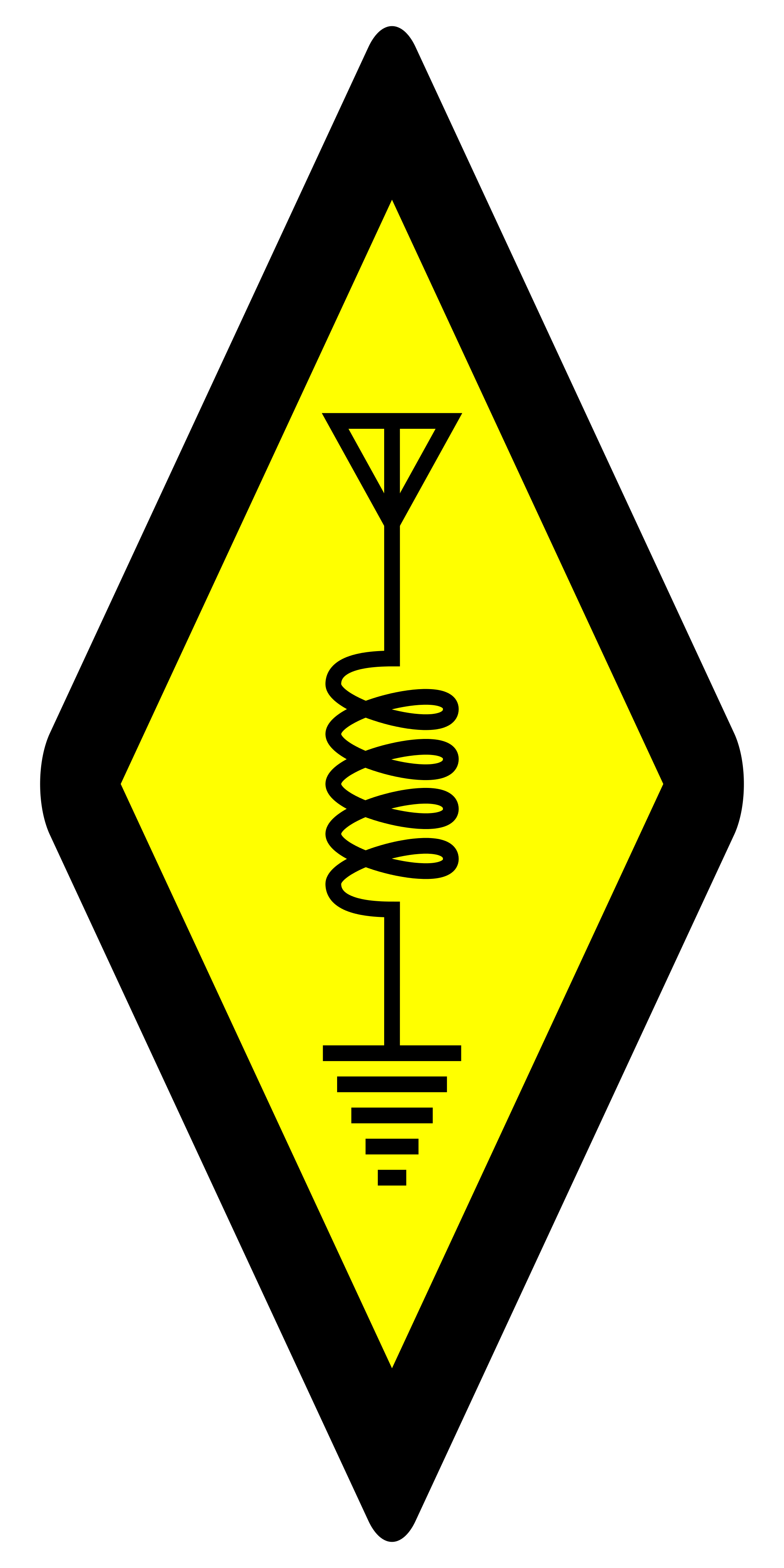Please don't feed bread to ducks, it gives them diarrhea
- 5 Posts
- 9 Comments
The 3k unread telegram messages are making me uneasy
- nilclass@discuss.tchncs.deto
 ·8 months ago
·8 months agoTry searching for "coreless motor", gives me lots of ebay results with tiny 7mm diameter dc motors looking like this: https://external-content.duckduckgo.com/iu/?u=https%3A%2F%2Ftse1.mm.bing.net%2Fth%3Fid%3DOIP.0qbVZk69iUxzXpp-87VHFwHaHa%26pid%3DApi&f=1&ipt=34626bb8832b480226ede8e0a44a8013a56d9217b7cb576ec699024a06297899&ipo=images
- nilclass@discuss.tchncs.deto
 ·9 months ago
·9 months agois that because it's self hosted?
Correct. It's important to differentiate "gitlab" the software from "gitlab.com" the hosted service. An account is local to one instance, gitlab is not a federated system. "gitlab.com" is one instance running the "gitlab" software. You will have to sign up on each instance to interact with it. Some instances support third party identity providers, so the signup can be delegated to gitlab.com, or github or whatever else is supported. You still have to "sign up" to each instance though.
- nilclass@discuss.tchncs.deto
 ·10 months ago
·10 months agoCould you do similar to diagram 2, but instead of an N-FET use a P-FET between the battery and first resistor in the potential divider?
That's a great idea! Unfortunately I don't have a P-FET lying around, so cannot try it right now.
Or use a zener/TVS diode instead of second resistor to clamp the voltage instead of dividing (more robust).
Not sure I understand this point. Which resistor would you replace with a diode?
- nilclass@discuss.tchncs.deto
 ·10 months ago
·10 months agoYou could probably increase the 82K and 10K resistors to be much bigger
That's what I thought initially, but this stackoverflow post dissuaded me. The argument there is that the measurement will be wrong, if the input current is not enough to charge the internal cap within the measurement period. But I've done some testing now, and measurements done with 820k and 100k agree well with what my voltmeter measures, so I'll go with this solution!
a fresh alkaline 9V battery is actually 9.6V or more, not 9V.
Indeed!
9.6V * 10k/92k = 1.04Vis still below 1.1V, so I should be fine in this case :)9V battery voltages droop noticeably when under load because of their high internal resistance. Make sure to measure under the same conditions.
This is a good point!
My firmware will be pretty monotonic though, basically:
- wake up
- measure battery
- measure some other sensors (the actual task of the device)
- turn on a transceiver, send all the measurements (including battery voltage)
- turn off transceiver & go to sleep
So, the load should be always the same at step (2).
- nilclass@discuss.tchncs.deto
 ·10 months ago
·10 months agoCould you share a picture? I'm having trouble imagining what you are describing
- nilclass@discuss.tchncs.deto
 ·11 months ago
·11 months agoYou could give PJON a try https://github.com/gioblu/PJON



What about magnets? I think a good theory should involve some suspiciously strong magnets